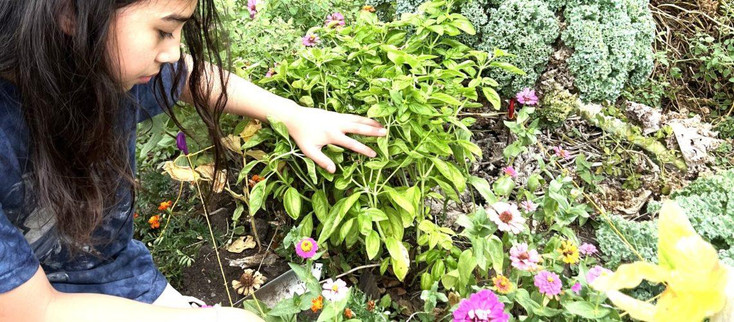Growing healthy plants starts with understanding your soil. A proper organic soil test helps you know exactly what your garden needs to thrive. Let's explore some practical ways to check if your soil has enough organic matter for successful gardening.
Why Testing Your Soil Matters
Healthy soil contains the right balance of organic materials that plants need to grow strong. Before adding any amendments or starting your garden, performing an organic soil test gives you clear information about your soil's current condition. This knowledge helps you make better decisions about improving your garden's growing conditions.
The Simple Jar Test Method
One of the easiest organic soil test methods involves using a clear glass jar with a lid. Fill the jar about one-third full with your garden soil, then add water until it's nearly full. Shake the jar vigorously for several minutes, then let it settle for 24 hours. The organic matter will float to the top, while sand, silt, and clay particles settle in distinct layers. This tells you how much organic material is present in your soil.
The Squeeze Test for Soil Structure
Testing soil structure helps determine organic content. Take a handful of slightly moist soil and squeeze it gently. Soil rich in organic matter forms a ball that breaks apart easily when poked. If the soil feels gritty and falls apart immediately, it likely needs more organic material. This simple organic soil test gives you quick insights into your soil's composition.
Using a Home Soil Testing Kit
Commercial organic soil test kits, such as microbiometer, offer a more detailed analysis. These kits typically include tools to measure pH levels and various nutrient contents. While not exclusively testing for organic matter, they help you understand your soil's overall health.
The Visual Inspection Method
Look closely at your soil's color and texture. Rich, organic soil typically appears dark brown or black and contains visible organic matter like decomposed leaves or roots. Pale or light-colored soil often indicates low organic content. While not as precise as other methods, this visual organic soil test provides helpful initial insights.
Checking Soil Life Activity
Healthy organic soil hosts numerous beneficial organisms. Dig up a small section of soil and look for earthworms, insects, and other small creatures. Their presence usually indicates good organic matter content. Count the number of earthworms in a cubic foot of soil - finding at least 5-10 suggests healthy organic levels.
The Smell Test Technique
Organic-rich soil has a pleasant, earthy smell similar to forest ground. This scent comes from beneficial microorganisms breaking down organic matter. If your soil lacks this characteristic smell or has an unpleasant odor, it might need more organic material.
Professional Laboratory Testing Options
For the most accurate results, consider sending soil samples to a professional testing laboratory. They perform comprehensive organic soil tests that measure exact percentages of organic matter and other important soil components. While this option costs more, it provides detailed information about your soil's composition.
Interpreting Your Test Results
Understanding test results helps you take appropriate action. Generally, good garden soil contains 3-5% organic matter. If your tests show lower levels, you'll need to add organic materials like compost, aged manure, or leaf mold. Keep records of your test results to track improvements over time.
Taking Action After Testing
Once you know your soil's organic content, you can make informed decisions about improving it. Add organic materials gradually, as too much at once can harm plants. Regular organic soil testing helps monitor changes and ensures your soil maintains healthy organic matter levels for optimal plant growth.
Regular soil testing helps maintain a thriving garden environment. By using these simple testing methods, you can better understand your soil's needs and take steps to improve its organic content. Remember that building healthy soil takes time, but the rewards of abundant plant growth make the effort worthwhile.

